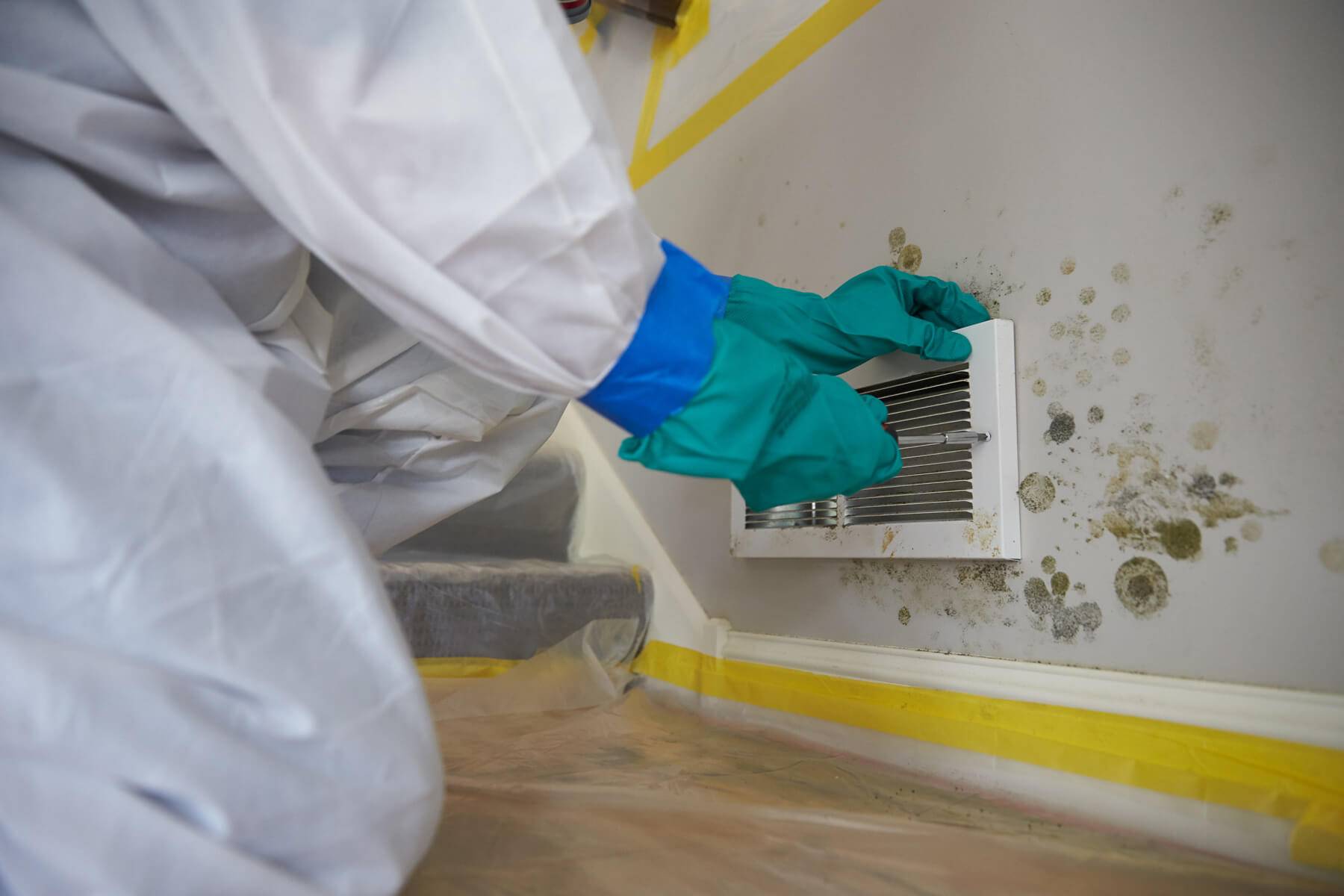Vital Overview to Mold Remediation Philadelphia PA for House Owners
Vital Overview to Mold Remediation Philadelphia PA for House Owners
Blog Article
Thorough Mold Remediation Solutions for Total Indoor Air Quality Reconstruction
Mold and mildew problems in interior rooms can present considerable threats to both building and human health and wellness. The visibility of mold and mildew not just weakens the architectural integrity of buildings however likewise jeopardizes the high quality of the air we breathe. Resolving mold problems calls for a detailed method that goes beyond simple surface area cleansing. By exploring extensive mold removal remedies that encompass extensive assessment, critical removal strategies, and aggressive prevention actions, one can really recover interior air high quality to its ideal state.
Understanding Mold And Mildew and Its Dangers
Mold, a type of fungus that thrives in damp environments, presents considerable health risks to people exposed to it. Long term exposure to mold and mildew can worsen existing problems such as asthma and allergies, making it critical to deal with any kind of mold infestations immediately.
Along with the wellness risks, mold and mildew can also trigger structural damages to structures. Mold development can weaken floorings, wall surfaces, and ceilings, compromising the stability of the framework over time. This can cause costly repair work and improvements to restore the structure to a habitable and safe condition. Recognizing the dangers connected with mold and mildew is important for carrying out reliable remediation techniques to make sure the health and safety of owners and the longevity of the structure.
Appropriate Evaluation and Assessment Strategies
Effective analysis and assessment strategies are vital in properly reviewing the extent and recognizing of mold problems within a structure. In enhancement to visual evaluations, various devices such as dampness meters, thermal imaging video cameras, and air tasting devices may be used to analyze the level of mold and mildew contamination and to determine surprise mold resources within ceilings, floors, or walls.
Moreover, correct assessment methods entail determining the type of mold and mildew existing, as different mold types might call for specific remediation techniques. Tasting strategies, consisting of air sampling and surface tasting, can aid in recognizing the kinds and concentration levels of mold spores present in the interior environment. By employing extensive evaluation and assessment strategies, removal specialists can create targeted and reliable strategies to eradicate mold invasions and bring back indoor air high quality to risk-free levels.
Effective Mold And Mildew Elimination Approaches
Carrying out tried and tested removal strategies is critical for effective elimination of mold and mildew from indoor atmospheres. When handling mold elimination, it is important to begin by addressing the resource of moisture to prevent future development. Control of the afflicted area is key to avoid the spread of mold and mildew spores to unpolluted areas. This can be achieved via making use of physical barriers like plastic sheeting and adverse air stress systems.

After physical elimination, complete cleaning and a knockout post sanitation of the official site area are necessary to remove any type of remaining mold and mildew spores. Using antimicrobial representatives can assist in avoiding mold and mildew regrowth. It is crucial to attend to any underlying concerns causing wetness buildup to protect against future mold troubles. By following these approaches vigilantly, full mold elimination can be achieved, bring back interior air quality successfully.
Avoiding Future Mold And Mildew Development
Dealing with the origin triggers of dampness build-up is paramount in protecting against future mold and mildew growth within interior settings. To effectively stop mold from returning, it is crucial to regulate humidity degrees listed below 60%, as mold grows in damp conditions. By dealing with these variables and executing aggressive steps, people can effectively decrease the threat of future mold growth and keep a healthy indoor atmosphere.
Ensuring Long-Term Indoor Air High Quality
Preserving ideal indoor air quality over the lengthy term requires an extensive strategy that incorporates routine monitoring Check This Out and proactive actions. Applying a durable ventilation system that ensures correct airflow and adequate purification is necessary for sustaining clean interior air.
Along with monitoring and upkeep, promoting good interior air quality techniques amongst residents is important for long-term performance. Motivating habits such as correct ventilation, reducing sources of interior contamination, and reducing wetness levels can substantially add to a much healthier interior atmosphere. Education and learning and understanding projects regarding the significance of indoor air top quality can help cultivate a culture of duty and mindfulness amongst employees or citizens.
Conclusion
Finally, complete mold removal options are necessary for complete indoor air high quality restoration. Recognizing the dangers of mold, performing correct assessment and assessment techniques, applying effective removal methods, avoiding future mold and mildew growth, and making sure lasting interior air top quality are all important action in preserving a healthy and balanced interior setting. By following these steps vigilantly, people can produce a secure and tidy living space free from the dangerous results of mold and mildew contamination.

Furthermore, appropriate analysis techniques include establishing the kind of mold existing, as various mold varieties may require certain removal methods.The next action in reliable mold removal is the physical elimination of mold and mildew swarms. To successfully prevent mold and mildew from returning, it is critical to control humidity levels listed below 60%, as mold and mildew grows in damp conditions. Comprehending the risks of mold and mildew, performing correct assessment and evaluation methods, carrying out reliable elimination approaches, preventing future mold growth, and guaranteeing long-lasting indoor air high quality are all important actions in preserving a healthy and balanced indoor atmosphere.
Report this page